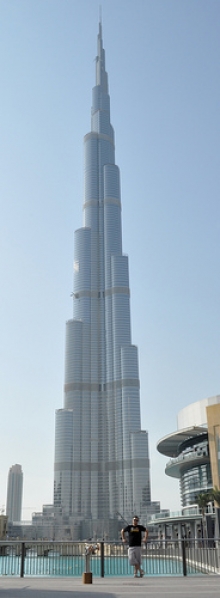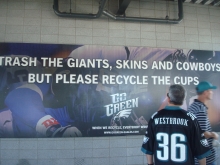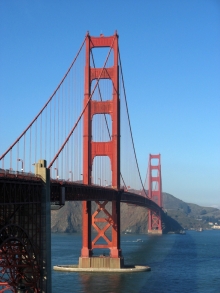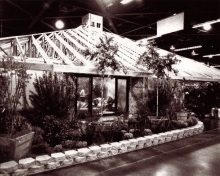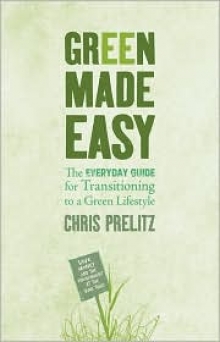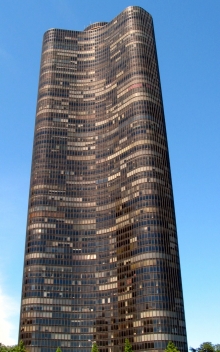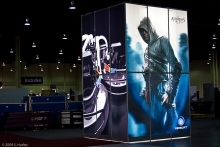The Bridge Finder for Your Daily Travels
The most recent article posted on the Operations Channel is titled “A Bridge to Everywhere” and briefly explores some notable facts and figures concerning our nation’s bridges, as part of our ongoing infrastructure series.
One web link embedded in the article, provided by MSNBC, provides each reader the ability to evaluate the bridge status along any route of car travel in the United States. This MSNBC web link has been a favorable feature of our bridges article, and some folks that have read the article suggested I bring that link to light in this Blog section as well.
